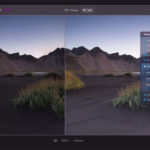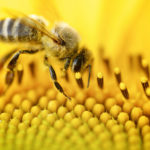In the days of film photography, dodging and burning was often a time-consuming task. And even in these digital days, dodging and burning can take up a lot of time. But lucky for us, Photoshop master Aaron Nace has figured out the simplest, fastest way to achieve the dodge and burn effect:
Dodging and burning is a correction tool used to over-expose shadow areas to bring out detail and under-expose highlights to reduce flare-out, yet it can also be used to add depth and shape to the photo and bring out definition. Nace’s technique—one of the easiest I’ve seen so far—takes advantage of Photoshop’s high pass filter. I first learned about the high pass filter when I was learning how to soften skin tones, but it’s also used for sharpening and creating high contrast images. To use it for a dodge and burn effect however, the radius slider is jacked up pretty high (much higher than for skin tones and sharpening). Increasing the radius of the high pass filter changes the focus from the smaller details to the overall, broader image.

For subtle changes and/or more control over the dodge and burn effect, simply add more layers. You can group these together in different ways to affect different parts of your image (using layer masks) and change the blending modes in the layers (usually vivid or soft light) for different looks.
In short, the steps go as follows:
- Duplicate the layer.
- Desaturate.
- Change the blending mode to vivid.
- Use the High Pass filter with a high radius.
- Create layer masks and/or group layers for more control of the effect.

Before

After
Simple, easy and highly effective!
Like This Article?
Don't Miss The Next One!
Join over 100,000 photographers of all experience levels who receive our free photography tips and articles to stay current:







Leave a Reply